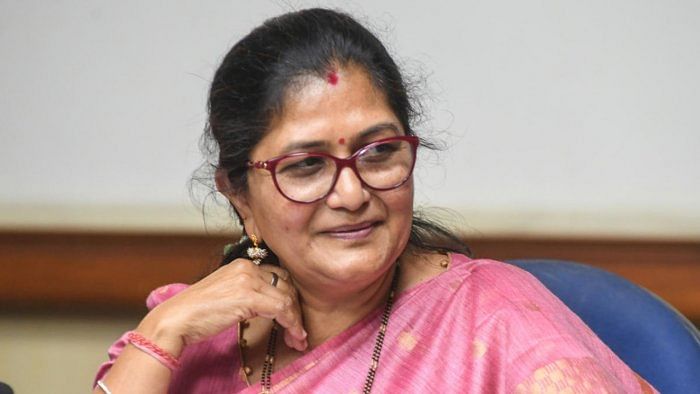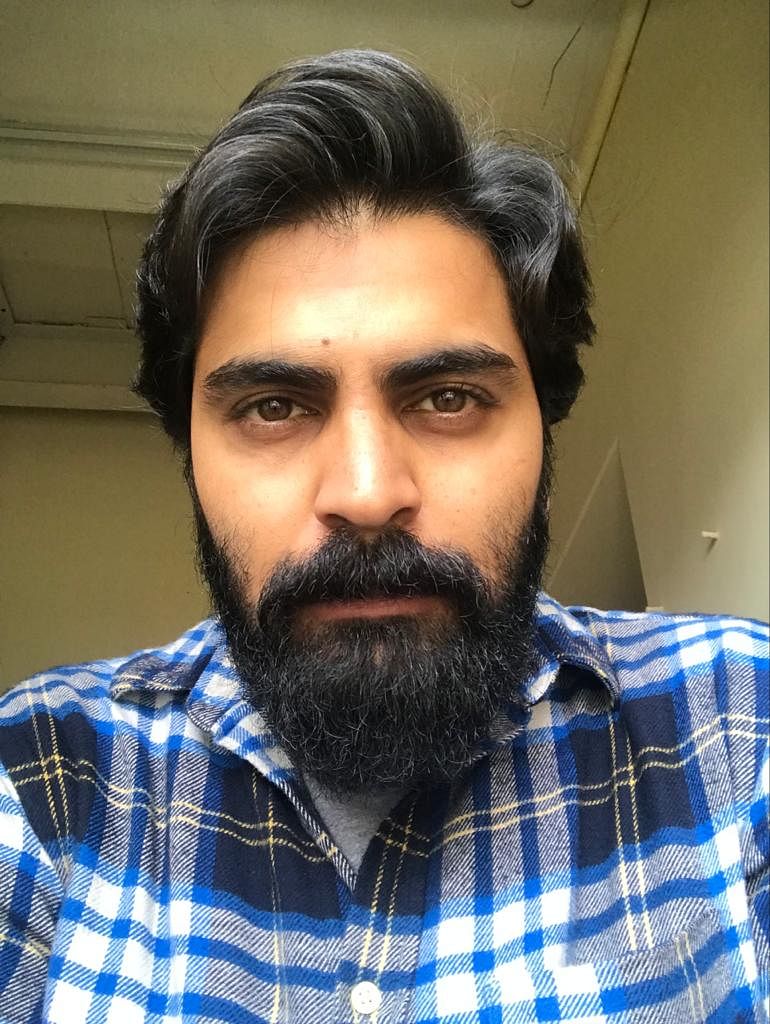
The lone woman in the Cabinet, Muzrai, Wakf & Hajj Minister Shashikala Jolle is overseeing projects centred around religious pilgrimages. She talks to Bharath Joshi on what’s keeping her busy. Excerpts:
The government has rolled out an Integrated Temple Management System (ITMS). How will it help?
Many devotees visiting our temples had nowhere to go for complete information. The ITMS provides information about a temple in any district - historical and mythological information about the temple, its deity, the temple assets and details of various sevas. Now, sevas can be booked online. We’re adopting e-hundi in 15-20 temples by tying up with SBI. We also believe that ITMS will help temples earn more revenue as donations won’t be misused. Revenue of the Kukke Subramanya and Nanjangud temples have risen already.
Under the ‘Daiva Sankalpa’ project, the government will develop 25 temples at a cost of Rs 1,140 crore. Is there money for this?
The required money is already with the temples. For example, the Kukke Subramanya temple has Rs 300 crore in a fixed deposit. The project involves comprehensive development of 25 temples for which masterplans will be prepared. The Kukke temple masterplan is ready. Likewise, the masterplan for the Male Mahadeshwara temple is in the final stage and works have started. For the remaining temples, we’re discussing the way forward.
Why are you looking for CSR funds to maintain temples?
We have over 35,000 temples. If you leave out the ‘A’ and ‘B’ category temples, there are 34,000 temples under the ‘C’ category that have been neglected. Last year, the outlay for ‘C’ category temples was Rs 10 crore and it is Rs 25 crore this time. It isn’t enough. So, we’ve planned the Kaya Kalpa scheme to get CSR funds. We’re preparing a list of CSR opportunities and we will approach companies.
What’s the update on developing the Anjanadri temple in Koppal?
It’s our luck that Lord Rama’s disciple Hanuman was born in Karnataka, at the Anjanadri hills. We have a big vision to develop this place. But, everything can’t be done atop the hill. There are 13 acres of land below the hill that the government will acquire for development works. We’ve approved Rs 5.5 crore for the acquisition. We want this temple to have the same grandeur as the Ram temple coming up in Ayodhya. We want the two temples to be connected.
How will the two temples be connected?
We are planning a special train to Varanasi (Kashi). Our government has already decided to provide Rs 5,000 each to 30,000 Kashi pilgrims every year. I spoke to the railway minister and he gave me an idea. There’s a Bharat Gaurav tourism scheme. Old trains that have served for 15 years will be given on lease for tourism. We’ve paid Rs 1 lakh for registration with the railways. The train will have 12 AC and two non-AC coaches. We’ve planned a 7-day tour that will include Kashi, Srisaila and Anjanadri. We hope to have this train running soon.
Recently, the government took shelter under the 2002 Muzrai rules to say that nothing can be done to prevent the ban on Muslim traders near Hindu shrines. Why?
In 2002, there was a certain government in place. Why weren’t the rules enforced? Why the rules are being cited now? Why didn’t the government interfere? The rules say that certain activities cannot be allowed near Hindu temples. Yes, it’s true that there were calls for status quo in view of religious harmony. Also, there were groups that petitioned the government to enforce the rules. Given the sensitivity on both sides, I’ll discuss with the CM to ensure that no one gets troubled, while also keeping the rules in mind.
What is the state’s outlook for the Hajj pilgrimage this time?
India’s Hajj quota this time is 56,601. Karnataka’s quota is 2,660. There were 4,500 applications from the state before the 65-year age limit was fixed. The number of applications now is 4,231. Pilgrims will be selected via khurra (lottery). The Hajj day (Arafat) is July 9. Hajj flights will start on May 31. Perhaps, pilgrims in Karnataka will get their chance June 10 onwards. A training programme will be conducted and our officers are there to help them when they land in Saudi.
